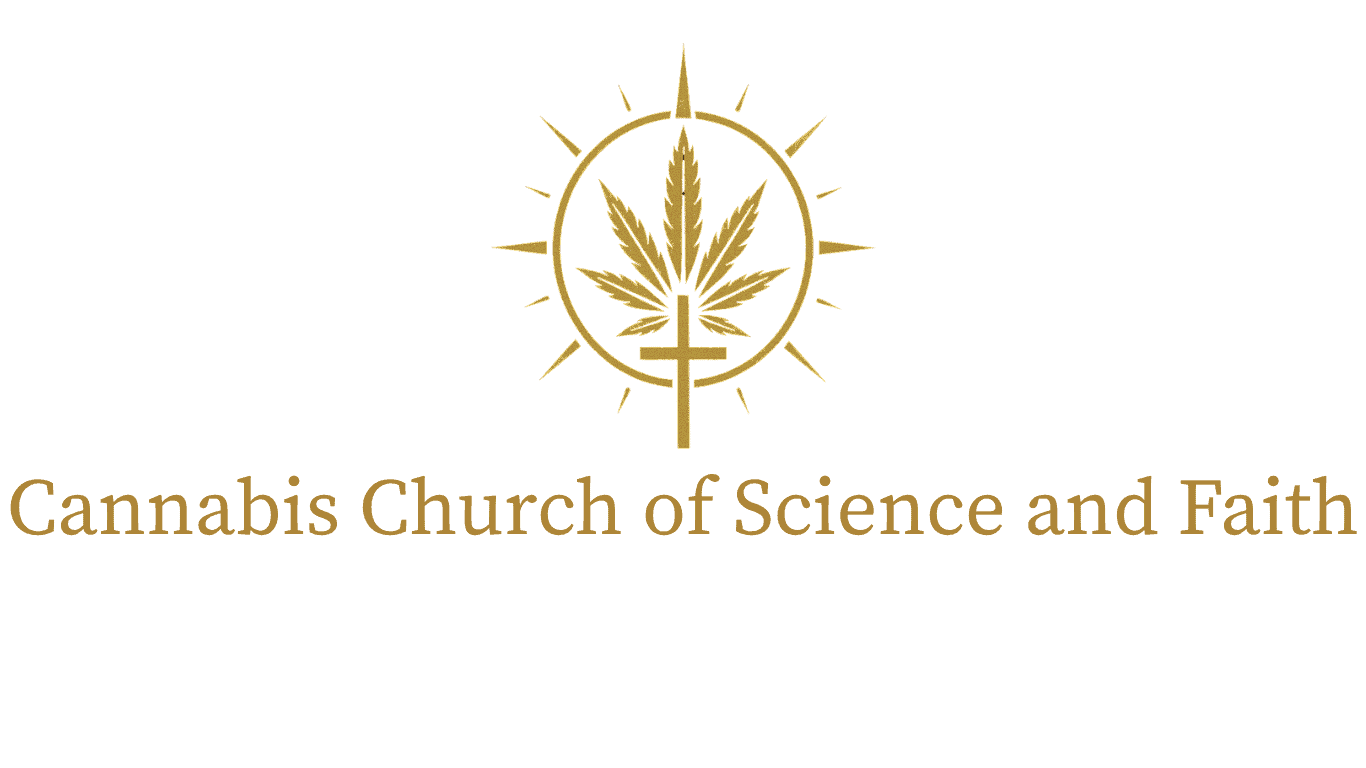The call of the divine is a universal and timeless urge that has been felt by humans throughout history. It is the deep longing to connect with something greater than ourselves, to transcend the limitations of our physical existence and touch the infinite. This urge can manifest in many different ways, from a desire for spiritual enlightenment to a yearning for a sense of purpose and meaning in life. For some, the call of the divine is a gentle whisper, a subtle nudge that beckons them towards a deeper understanding of the universe and their place within it. For others, it is a powerful force that compels them to seek out spiritual experiences and engage in practices that bring them closer to the divine.
The call of the divine can be experienced in many different forms, from the awe-inspiring beauty of nature to the profound sense of connection that comes from engaging in acts of service and compassion. It is a deeply personal and individual experience, yet it is also something that unites us all as human beings. The urge to connect with something greater than ourselves is a fundamental aspect of the human experience, and it is one that has been explored and celebrated by cultures and traditions around the world. Whether through prayer, meditation, or acts of devotion, the call of the divine is a powerful force that has the potential to transform our lives and bring us closer to the truth of our existence.
The Role of Mysticism in Modern Spirituality: Understanding the Shift in Consciousness
In recent years, there has been a noticeable shift in consciousness towards a more mystical approach to spirituality. This shift is characterized by a growing interest in practices and beliefs that emphasize direct personal experience of the divine, as well as a recognition of the interconnectedness of all things. Mysticism, which has traditionally been associated with esoteric and secretive traditions, is now being embraced by a wider audience as a means of exploring the deeper truths of existence. This shift in consciousness reflects a growing dissatisfaction with traditional religious dogma and a desire for a more direct and personal connection with the divine.
The role of mysticism in modern spirituality is multifaceted, encompassing a wide range of practices and beliefs that are aimed at cultivating a deeper understanding of the nature of reality. From meditation and contemplative prayer to the study of ancient wisdom traditions, mysticism offers a diverse array of tools for exploring the mysteries of existence. At its core, mysticism is about seeking direct experience of the divine and recognizing the inherent unity of all things. It is a path that encourages individuals to look beyond the surface level of reality and delve into the deeper layers of existence, where profound truths about the nature of consciousness and the universe can be found. As modern spirituality continues to evolve, mysticism is playing an increasingly important role in helping individuals connect with something greater than themselves and find meaning and purpose in their lives.
Embracing Sacred Practices: Incorporating Rituals and Ceremonies into Daily Life
Incorporating sacred practices into daily life is a powerful way to deepen our connection with the divine and cultivate a sense of reverence for the sacredness of existence. Rituals and ceremonies have been used by cultures around the world for millennia as a means of honoring the divine, marking significant life events, and creating a sense of community and belonging. Whether it’s through daily meditation, lighting candles, or participating in seasonal celebrations, sacred practices offer us an opportunity to pause, reflect, and connect with something greater than ourselves.
Rituals and ceremonies can take many different forms, from simple daily practices to elaborate communal events. What they all have in common is their ability to create a sense of sacred space and time, where we can come into direct contact with the divine. By incorporating these practices into our daily lives, we can infuse our existence with a sense of purpose and meaning, as well as cultivate a deeper awareness of the interconnectedness of all things. Whether it’s through prayer, meditation, or acts of devotion, embracing sacred practices can help us to align ourselves with the rhythms of the natural world and tap into the timeless wisdom that lies at the heart of all spiritual traditions.
Navigating the Challenges of Embracing Mystic Truth in a Modern World
While embracing mystic truth can be deeply rewarding, it also comes with its own set of challenges, particularly in a modern world that often values material success over spiritual fulfillment. Navigating these challenges requires a willingness to question conventional beliefs and societal norms, as well as a commitment to cultivating inner resilience and strength. One of the main challenges of embracing mystic truth in a modern world is the pressure to conform to societal expectations and norms. This can create a sense of alienation and disconnection from others, as well as feelings of isolation and loneliness.
Another challenge is the tendency to prioritize material success over spiritual growth, which can lead to feelings of emptiness and dissatisfaction. Embracing mystic truth requires us to reevaluate our priorities and make choices that align with our deepest values and beliefs. It also requires us to cultivate inner resilience and strength in order to withstand societal pressures and remain true to our spiritual path. Navigating these challenges is an ongoing process that requires courage, determination, and a willingness to embrace uncertainty. By staying true to our innermost beliefs and values, we can navigate the challenges of embracing mystic truth in a modern world and find fulfillment and purpose in our lives.
The Power of Surrender: Letting Go and Trusting in the Divine Plan
Surrendering to the divine plan is a powerful act that can bring us peace, clarity, and a sense of purpose. It involves letting go of our need to control every aspect of our lives and trusting that there is a greater wisdom at work in the universe. Surrendering does not mean giving up or resigning ourselves to fate; rather, it is an act of faith and trust in the inherent goodness and wisdom of the divine. By surrendering, we open ourselves up to new possibilities and allow ourselves to be guided by forces greater than ourselves.
The power of surrender lies in its ability to free us from the burden of trying to control every aspect of our lives. When we surrender, we release ourselves from the grip of fear, anxiety, and doubt, and open ourselves up to new opportunities for growth and transformation. Surrendering also allows us to cultivate a deeper sense of trust in ourselves and in the universe, knowing that we are always supported and guided by forces greater than ourselves. By letting go and trusting in the divine plan, we can find peace and clarity amidst life’s challenges and uncertainties.
The Intersection of Science and Spirituality: Exploring Mystical Truth in the Age of Information
The intersection of science and spirituality has become an increasingly important area of exploration in recent years, as more people seek to reconcile their spiritual beliefs with scientific knowledge. This intersection offers us an opportunity to explore mystical truth in new ways, using the tools and methods of science to deepen our understanding of the nature of reality. Science has traditionally been seen as being at odds with spirituality, but there is an emerging recognition that these two domains can complement each other in profound ways.
One area where science and spirituality intersect is in the study of consciousness, which has become an increasingly important area of research in both fields. Scientists are beginning to explore questions about the nature of consciousness and its relationship to physical reality, while spiritual traditions have long held that consciousness is fundamental to our understanding of existence. By bringing together insights from both science and spirituality, we can gain a deeper understanding of consciousness and its role in shaping our experience of reality. The intersection of science and spirituality also offers us an opportunity to explore mystical truth in new ways, using scientific methods to investigate spiritual phenomena such as near-death experiences, psychic abilities, and mystical states of consciousness.
Cultivating a Mystic Mindset: Embracing Love, Compassion, and Unity in a Divided World
Cultivating a mystic mindset involves embracing love, compassion, and unity as guiding principles in our lives. It involves recognizing the inherent interconnectedness of all things and acting from a place of deep empathy and understanding towards others. In a world that often feels divided and polarized, cultivating a mystic mindset offers us an opportunity to bridge divides and create a more harmonious and compassionate society.
One way to cultivate a mystic mindset is through practices such as meditation, prayer, and acts of service that help us connect with something greater than ourselves. These practices can help us develop greater empathy towards others and cultivate a deeper sense of compassion for all beings. Cultivating a mystic mindset also involves recognizing that we are all interconnected and that our actions have an impact on others. By acting from a place of love and compassion, we can create positive change in our communities and contribute to building a more peaceful and harmonious world.
In conclusion, exploring the call of the divine, embracing mystic truth, incorporating sacred practices into daily life, navigating challenges, surrendering to the divine plan, exploring science-spirituality intersection, cultivating a mystic mindset are all important aspects for individuals seeking deeper spiritual fulfillment in their lives. These aspects offer opportunities for personal growth, transformation, and connection with something greater than ourselves. By embracing these aspects, individuals can find meaning, purpose, and fulfillment on their spiritual journey.

























